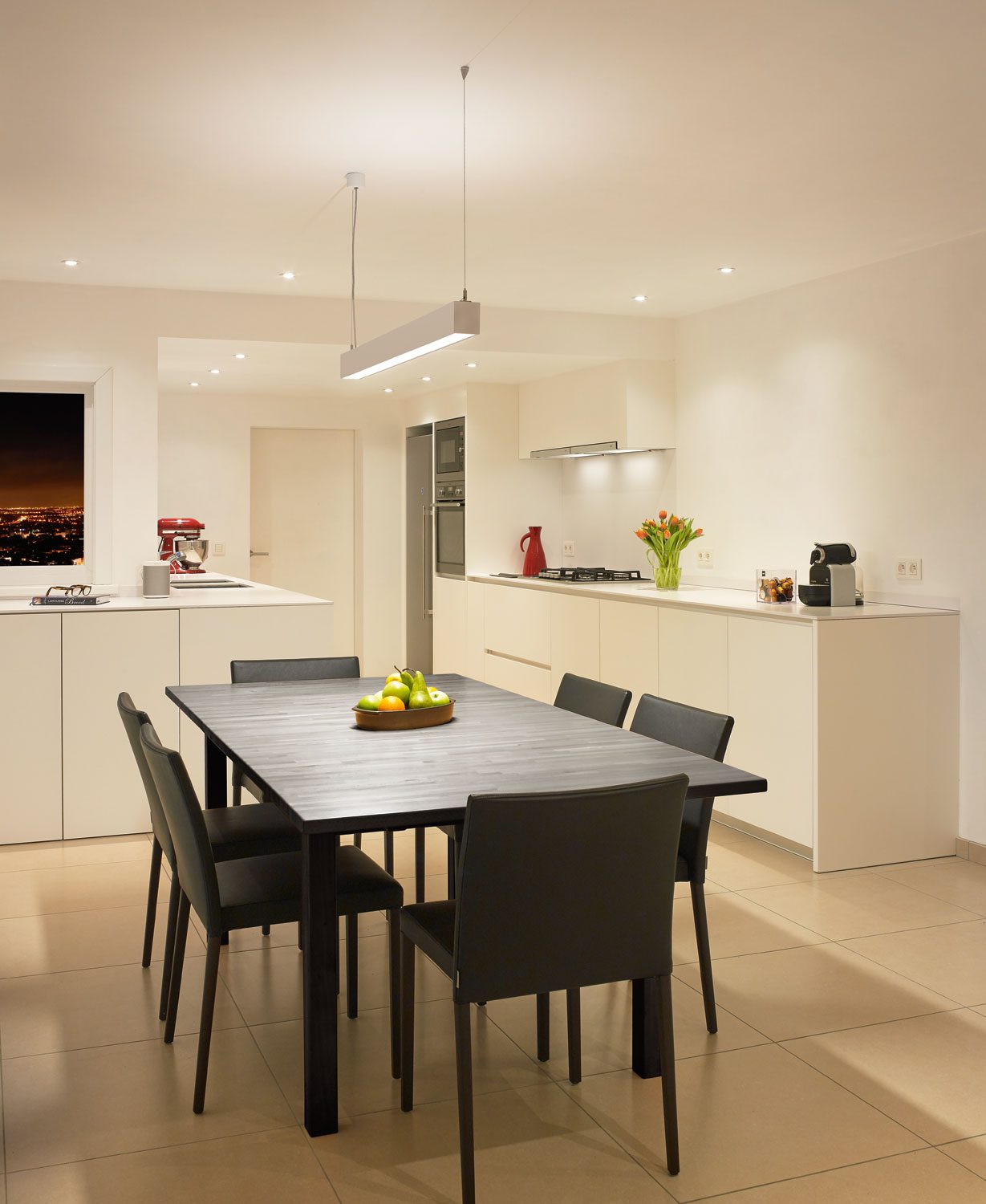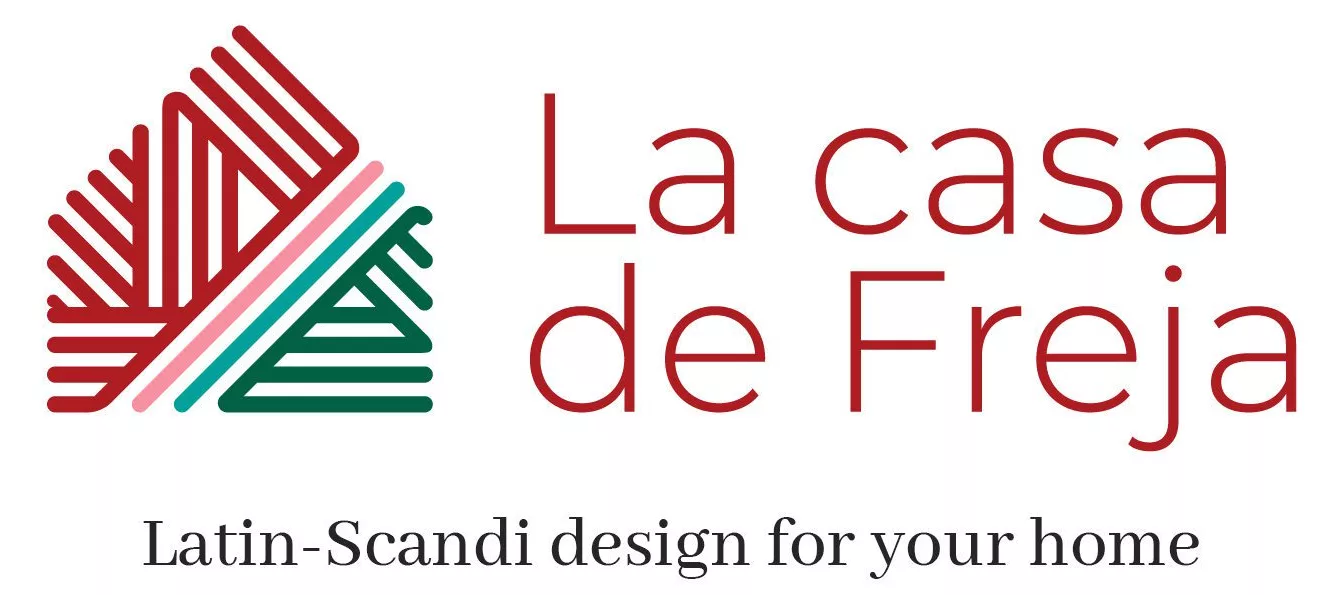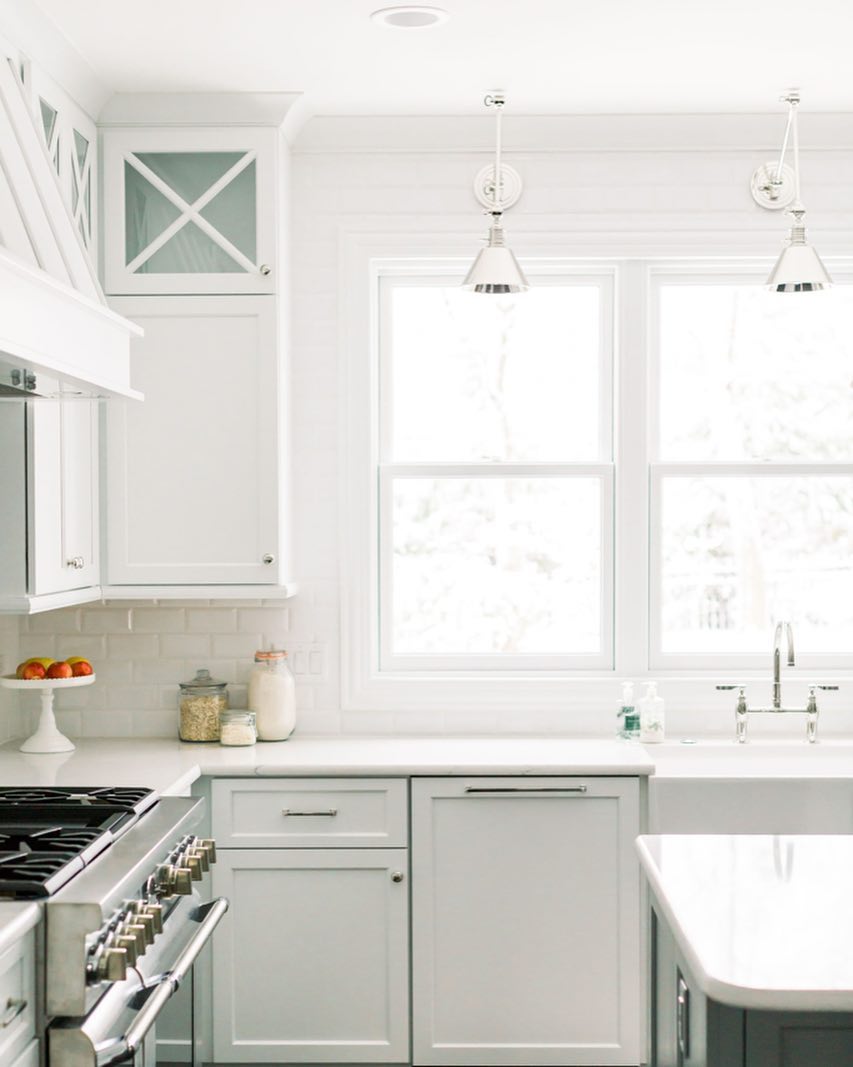How to illuminate your kitchen countertop if you do not have upper cabinets (or shelves)
- By Fiorella Madsen
- January 14, 2019
- 4 Comments
The minimalist kitchen trend is still going strong this year, advocating for base cabinets only, with no upper cabinets and sometimes even no shelves. While design and decoration trends provide ample ideas and inspiration, they may not always be a perfect fit for everyone – much like fashion. In our home, we’ve opted to keep our upper cabinets to store glasses, cups, and small plates, as we’ve run out of space and require them. As such, this trend doesn’t work for us, highlighting the importance of tailoring design choices to our individual needs and preferences.
On the other hand, if you’re in the process of renovating your kitchen and have determined that you don’t require excessive storage, and you appreciate minimalist decor, then this trend may be ideal for you. However, if you opt to install shelves in your kitchen, it’s important to note that dust accumulation may necessitate more frequent cleaning.
Assuming you’ve found these suggestions useful, let’s move on to the next step, which is determining how to light the kitchen countertop in the absence of upper cabinets or shelves.

Via: Bolig Magasinet
Illuminating the kitchen countertop
It is crucial because this is where food preparation takes place, requiring precision and the use of specific tools. To achieve these tasks, we need adequate and practical lighting. While general lighting in the kitchen may already be in place, we now need to choose task lighting, which refers to the lighting that will help us illuminate the countertop better while preparing food. This type of lighting also helps prevent shadows on the countertop when the general kitchen lights are switched on.
Alternatives to illuminate the kitchen countertop
When upper cabinets or shelves are present above the countertop, lighting options are more practical and easier to conceal, such as using LED strips (formerly fluorescent).
However, without these storage elements, we must explore alternative options that fulfill two primary characteristics: functionality and aesthetics. These lighting fixtures will now be visible and need to integrate well with the kitchen’s general lighting. Additionally, if we have pendant luminaires above the kitchen island or dining table (if our kitchen is a kitchenette), we must achieve harmony in our decoration by selecting lighting fixtures that complement the existing décor.
Built-in or surface-mounted ceiling spots
Built-in spots are an excellent option for small kitchens or kitchens with a maximum height of 2.40m (7-8 feet).
While attached or surface-mounted spots are easier to install since there’s no need to create a hole in the ceiling, as is the case with built-in spots, it’s crucial to consider the spot’s height and the kitchen’s overall height. It’s advisable to select a spot with a height of over 2.40m (7-8 feet) to ensure proper illumination of the countertop.

Via: Delta Light

Via: Delta Light
-
Pendant luminaires
Pendant luminaires are an excellent lighting alternative for large kitchens without an island in the center. This way, we can avoid multiple luminaries hanging from different ceiling points, creating a cluttered look.
When installing pendant luminaires, it’s important to consider the ideal distance from the countertop to the bottom of the luminaire. This distance should be between 75-90cm (30-36 inches) to ensure optimal illumination of the countertop.

Via: Erik Olsson
SHOP THE LOOK



Via: By nordics hands
SHOP THE LOOK
-
Wall sconces
Wall sconces are an excellent lighting option for both small and large kitchens, especially if we have a kitchen island or a kitchenette. To minimize the number of wall sconces needed, we can select those with a flexible arm, which allows us to adjust and rotate them according to our needs.
When installing wall sconces, it’s important to consider the ideal height from the countertop to the lower part of the sconce. This height should be between 75-90cm (30-36 inches), the same as in pendant luminaires, to ensure proper illumination of the countertop.


Via: Decoomo


Via: Bolig Magasinet
SHOP THE LOOK



-
Wall sconces and pendant luminaires
Wall sconces are an ideal lighting option for large kitchens where pendant luminaires are the main element, and the sconces play a more secondary role. Sconces can be positioned at the end of the countertop, and even one can be placed at the center. However, it’s preferable not to overdo the number of sconces, as the goal is to use them as a complement to achieve efficient lighting of the countertop without over-lighting the space.
By using a balanced combination of pendant luminaires and wall sconces, we can achieve both adequate and aesthetic lighting, creating a welcoming and functional kitchen ambiance.


Via: Pinterest
Are you also following this trend of not having upper cabinets?
Happy Monday!
Fiorella





